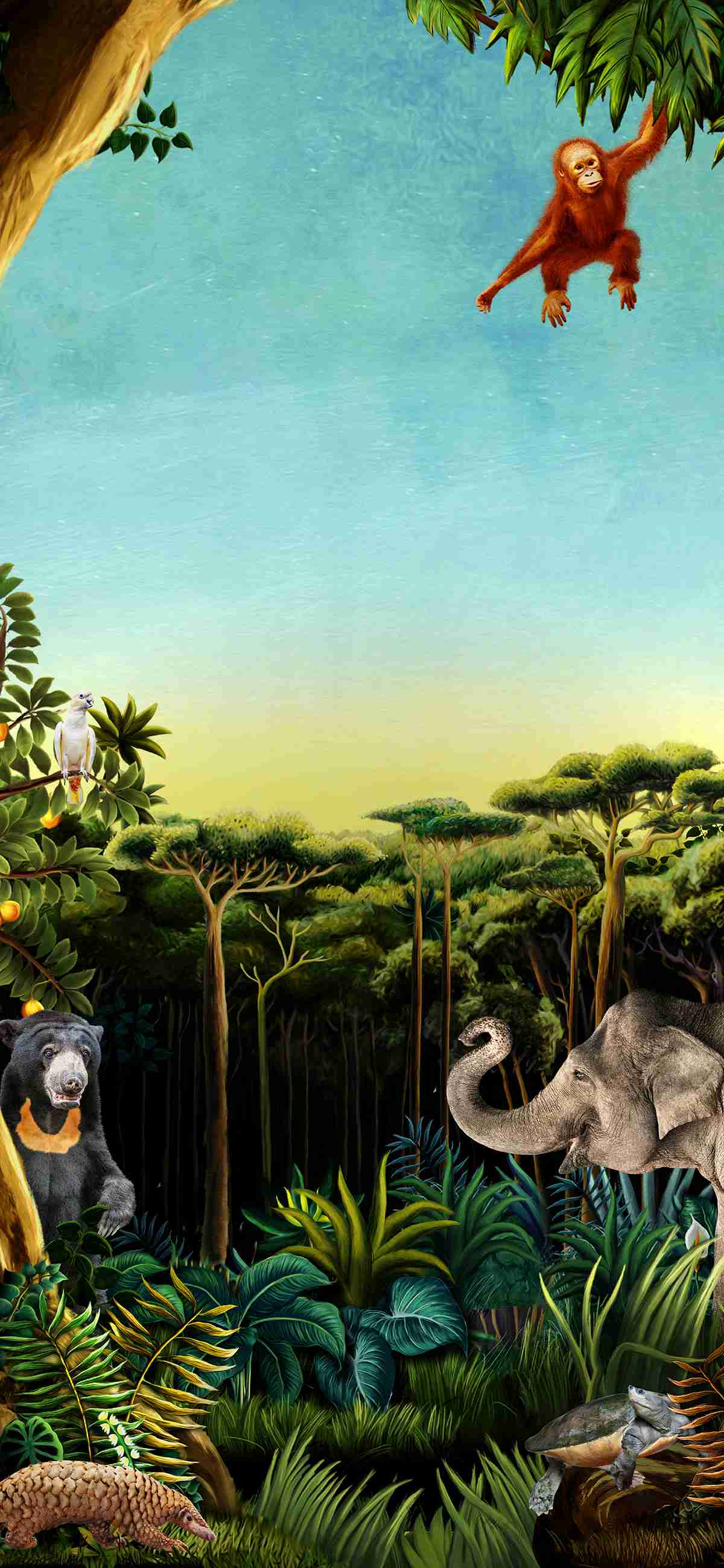The First Cub for the Lion City Born by Assisted Reproduction
26 Jan 2021cub was conceived through assisted reproduction at the Wildlife Healthcare and
Research Centre in Singapore Zoo. Keepers and veterinarians worked to collect
semen from Simba’s father Mufasa, a geriatric lion, using the process of
electro-ejaculation. In a bittersweet twist, the cub will never know his father
as the latter was not revived following the procedure. His deteriorating health
was a key factor.

The lion cub’s animal care team named him Simba which means ‘lion’ in Swahili, to celebrate his heritage.
PHOTO CREDIT: WILDLIFE RESERVES SINGAPORE

To boost his growth rate, keepers provided assisted feeding to Simba. Simba’s mother, Kayla, suffered from suspected inflammation of her mammary glands and struggled to nurse him initially. Thankfully, she accepted the temporary separation from her cub so keepers could supplement his diet.
PHOTO CREDIT: WILDLIFE RESERVES SINGAPORE
African lions in the wild have an average lifespan of 10-14 years. Mufasa lived to the ripe old age of 20 but did not sire any cubs in his lifetime because of his aggressive behaviour which did not bring about successful pairings with any female. Yet his genes would be of high value in contributing to the genetic diversity and sustainability of African lion populations in zoological institutions. This species is listed as ‘vulnerable’ under the IUCN* Red List of Threatened Species.
Thanks to advancements in assisted reproductive technology, Singapore Zoo’s animal care team was able to harness artificial insemination as a means of preserving Mufasa’s bloodline. Lioness Kayla was identified as an ideal candidate for the assisted pregnancy as she was a proven breeder.
The momentous yet dramatic start to life was not all for Simba and his animal care team. In his first month, he developed well under Kayla’s watchful eye, but things started to change. Keepers found him to be lethargic and having a challenging time suckling. Observations suggested that Kayla was possibly suffering from inflammation of her mammary glands. After careful deliberation, the decision was made by the animal care team to supplement the young cub’s nutrition. This means that while Kayla would be allowed to continue to care for Simba, the keepers would intervene and supplement his nutrition with bottle feeding. “It was a delicate decision because animals can reject their young following temporary separation”, explains Kughan Krishnan, Head Keeper, Carnivores. “Thankfully, Kayla was accepting of the intervention which reflects the trust relationship built up over time between the lioness and her animal care team, that helped to achieve the positive outcome.”
Kayla continues to exhibit excellent maternal instincts and Simba has progressed by leaps and bounds. She is protective of her cub and is often observed to be playing with him and sharing her feed with her little one who continues tailing his mother wherever she roams.
Three months on, Simba is growing up to be a healthy and inquisitive little lion. He has started to enjoy small amounts of raw meat together with his milk and spends most of his day playing with enrichment devices prepared by his keepers to nurture his development. His current favourite is a rattan ball which he likes to tussle with. As his features start to develop, it is evident that Mufasa lives in him as they share the same beautiful eyes. Currently, mother and son are housed in an off-exhibit area to give them room to further strengthen their bond privately. Gradually, he will be introduced to the rest of his family—his half-sister Shani and his aunt Kiara.
* International Union for the Conservation of Nature

Mufasa’s legacy lives on in Simba who shares the same beautiful eyes.
PHOTO CREDITS: WILDLIFE RESERVES SINGAPORE

Lion cubs usually start transitioning to meat when they are between two and three months old. Keepers have started to incorporate raw meat into Simba’s diet and he relishes this, in addition to his milk feeds.
PHOTO CREDITS: WILDLIFE RESERVES SINGAPORE

Three-month-old Simba is developing into a healthy and energetic young lion.
PHOTO CREDITS: WILDLIFE RESERVES SINGAPORE

